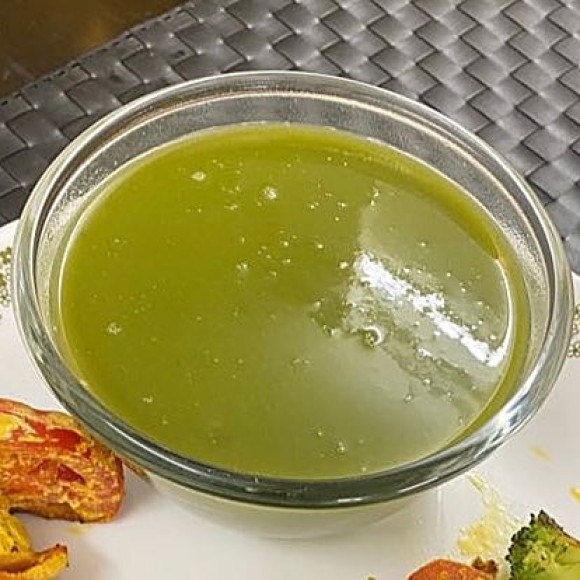
To Know Your Ideal Body Weight, BMI & Obesity Degree - Click here to Contact +918928001614 / +917021960648

Thai Red Curry
Khyati's Health-O-Meter Says:
Thai cuisine is one of the healthiest cuisines across the globe. It provides a big blast of Vitamin B, selenium, copper, potassium. Vitamin B helps in help in maintaining healthy RBC's & they are low in fat and sodium. Basil leaves are rich in antioxidants which helps to increase your resistance power and keep you healthy.
INGREDIENTS:
For the Thai red curry paste:
- Thai chillies or bird's eye chillies - 2
- Dry red chillies - 2
- Galangal - ½ inch
- Small garlic cloves 4 to 5 or 2 to 3 medium garlic cloves
- Shallots - 2
- Kaffir lime leaves - 2 or 3 medium
- Lemongrass stalks - 2
- Coriander seeds - 2 tsp
- Cumin seeds - 1 tsp
- Black peppercorns - ¼ tsp
- Soya sauce - ½ tsp
- Lemon zest - ½ tsp
- Buttermilk - 2 tbsp
For the Thai red curry:
- Chopped and steamed or lightly boiled mix vegetables (keep the stock for adding to the curry later) - 3 cups
- Shallots - 2 to 3 or 1 to 2 spring onions, chopped (optional)
- Curd - 2 tbsp
- Sesame seeds - 2 tsp
- Vegetable stock or water - 1.5 to 2 cups
- Chopped Thai basil leaves - 1 tbsp
- Salt as required
DIRECTIONS:
Step 1 Step 2 Step 3 Step 4 Step 5 Step 6 Step 7 Step 8 Step 9 Step 10 Step 11 Step 12 Step 13 Step 14 Step 15
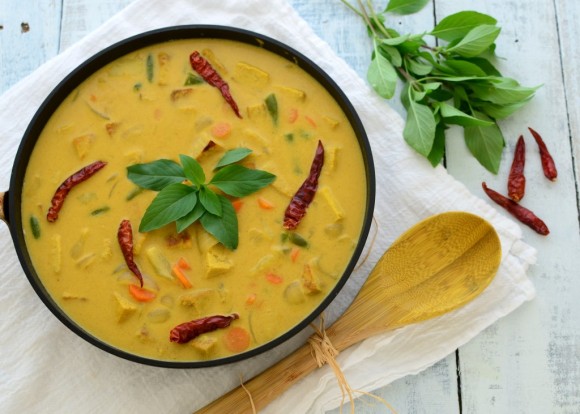
Recipe Category:
Dals Kadhis And Pulses
Recipe Title:
Thai Red Curry
Recipe Views:
364
Recipe Type:
Veg
Recipe Kcal:
125
Energy
(kcal)
4
Protein
(g)
20
Carbohydrate
(g)
2
Fat
(g)
Khyati's
Health-O-Meter Says:
Thai cuisine is one of the healthiest cuisines across the globe. It provides a big blast of Vitamin B, selenium, copper, potassium. Vitamin B helps in help in maintaining healthy RBC's & they are low in fat and sodium. Basil leaves are rich in antioxidants which helps to increase your resistance power and keep you healthy.
INGREDIENTS:
For the Thai red curry paste:
- Thai chillies or bird's eye chillies - 2
- Dry red chillies - 2
- Galangal - ½ inch
- Small garlic cloves 4 to 5 or 2 to 3 medium garlic cloves
- Shallots - 2
- Kaffir lime leaves - 2 or 3 medium
- Lemongrass stalks - 2
- Coriander seeds - 2 tsp
- Cumin seeds - 1 tsp
- Black peppercorns - ¼ tsp
- Soya sauce - ½ tsp
- Lemon zest - ½ tsp
- Buttermilk - 2 tbsp
For the Thai red curry:
- Chopped and steamed or lightly boiled mix vegetables (keep the stock for adding to the curry later) - 3 cups
- Shallots - 2 to 3 or 1 to 2 spring onions, chopped (optional)
- Curd - 2 tbsp
- Sesame seeds - 2 tsp
- Vegetable stock or water - 1.5 to 2 cups
- Chopped Thai basil leaves - 1 tbsp
- Salt as required
DIRECTIONS:
Step 1 Step 2 Step 3 Step 4 Step 5 Step 6 Step 7 Step 8 Step 9 Step 10 Step 11 Step 12 Step 13 Step 14 Step 15

Recipe Kcal:
Energy 125 (kcal), Protein 4 (g), Carbohydrate 20 (g), fat 2 (g).
Khyati's
Health-O-Meter Says:
Thai cuisine is one of the healthiest cuisines across the globe. It provides a big blast of Vitamin B, selenium, copper, potassium. Vitamin B helps in help in maintaining healthy RBC's & they are low in fat and sodium. Basil leaves are rich in antioxidants which helps to increase your resistance power and keep you healthy.
INGREDIENTS:
For the Thai red curry paste:
- Thai chillies or bird's eye chillies - 2
- Dry red chillies - 2
- Galangal - ½ inch
- Small garlic cloves 4 to 5 or 2 to 3 medium garlic cloves
- Shallots - 2
- Kaffir lime leaves - 2 or 3 medium
- Lemongrass stalks - 2
- Coriander seeds - 2 tsp
- Cumin seeds - 1 tsp
- Black peppercorns - ¼ tsp
- Soya sauce - ½ tsp
- Lemon zest - ½ tsp
- Buttermilk - 2 tbsp
For the Thai red curry:
- Chopped and steamed or lightly boiled mix vegetables (keep the stock for adding to the curry later) - 3 cups
- Shallots - 2 to 3 or 1 to 2 spring onions, chopped (optional)
- Curd - 2 tbsp
- Sesame seeds - 2 tsp
- Vegetable stock or water - 1.5 to 2 cups
- Chopped Thai basil leaves - 1 tbsp
- Salt as required
DIRECTIONS:
Step 1 Step 2 Step 3 Step 4 Step 5 Step 6 Step 7 Step 8 Step 9 Step 10 Step 11 Step 12 Step 13 Step 14 Step 15
Copyright ©2025 Balancenutrition.in .All Rights Reserved.



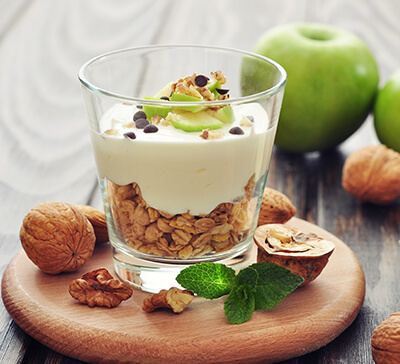
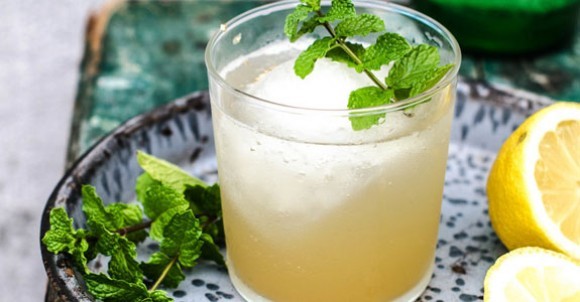
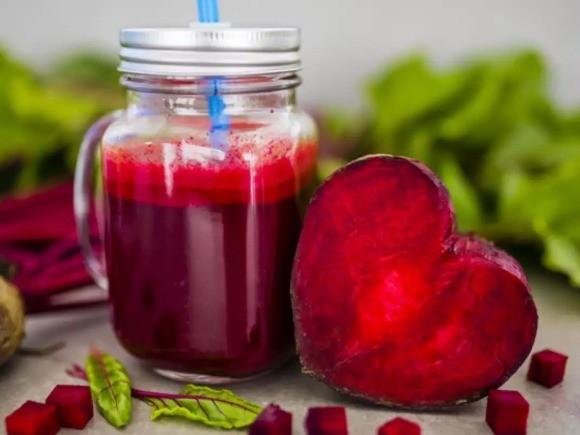

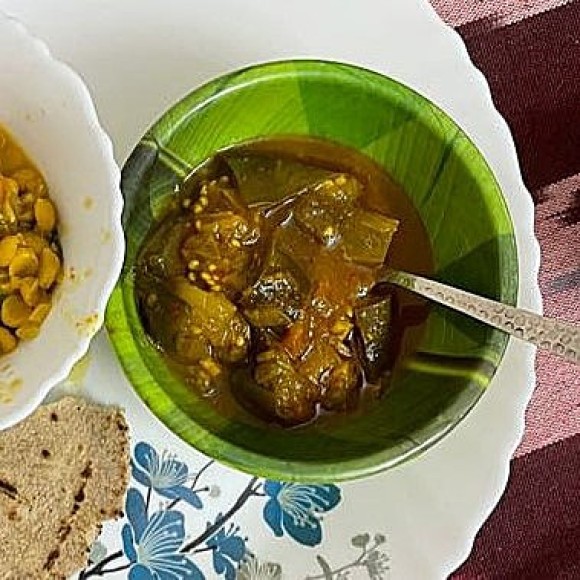
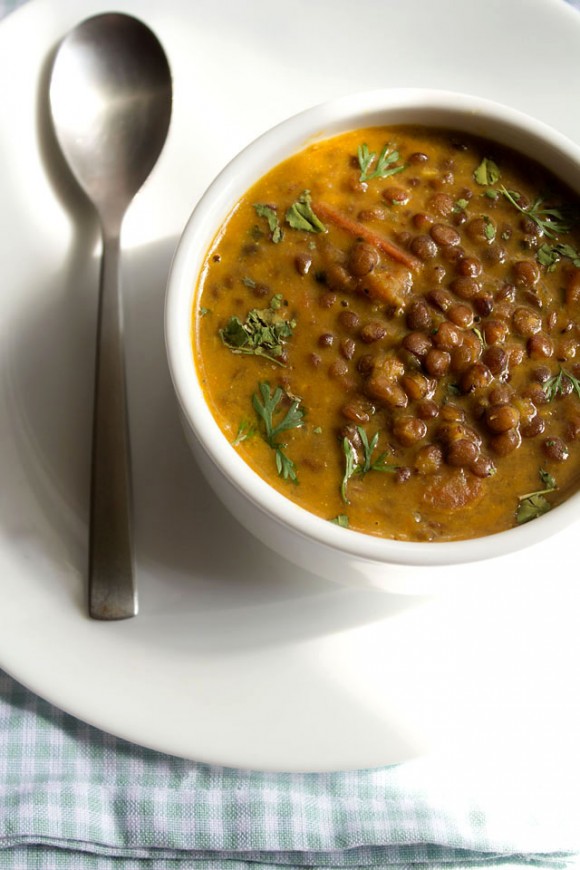

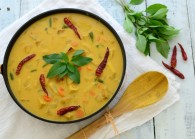






Thai Red Curry - BY KHYATI RUPANI